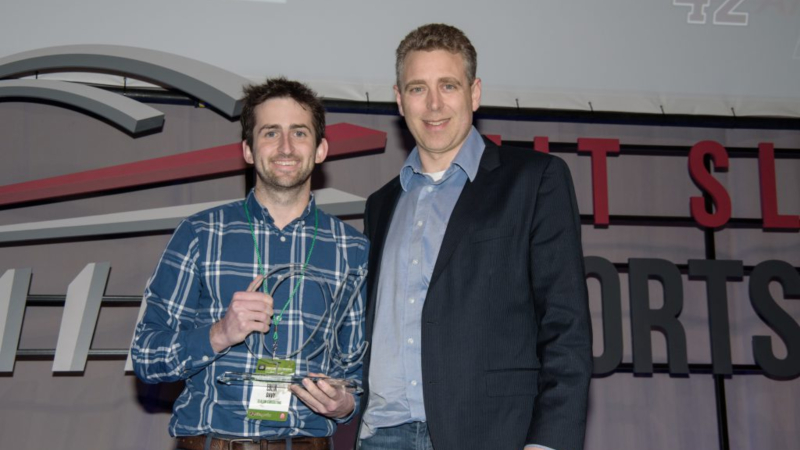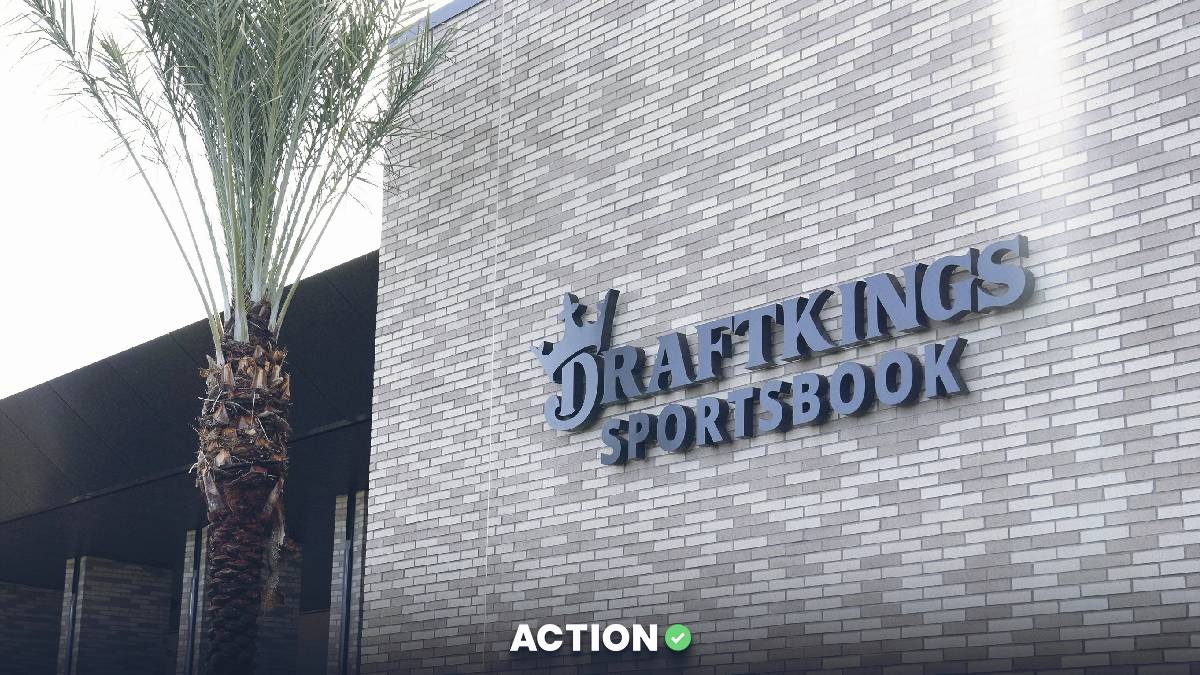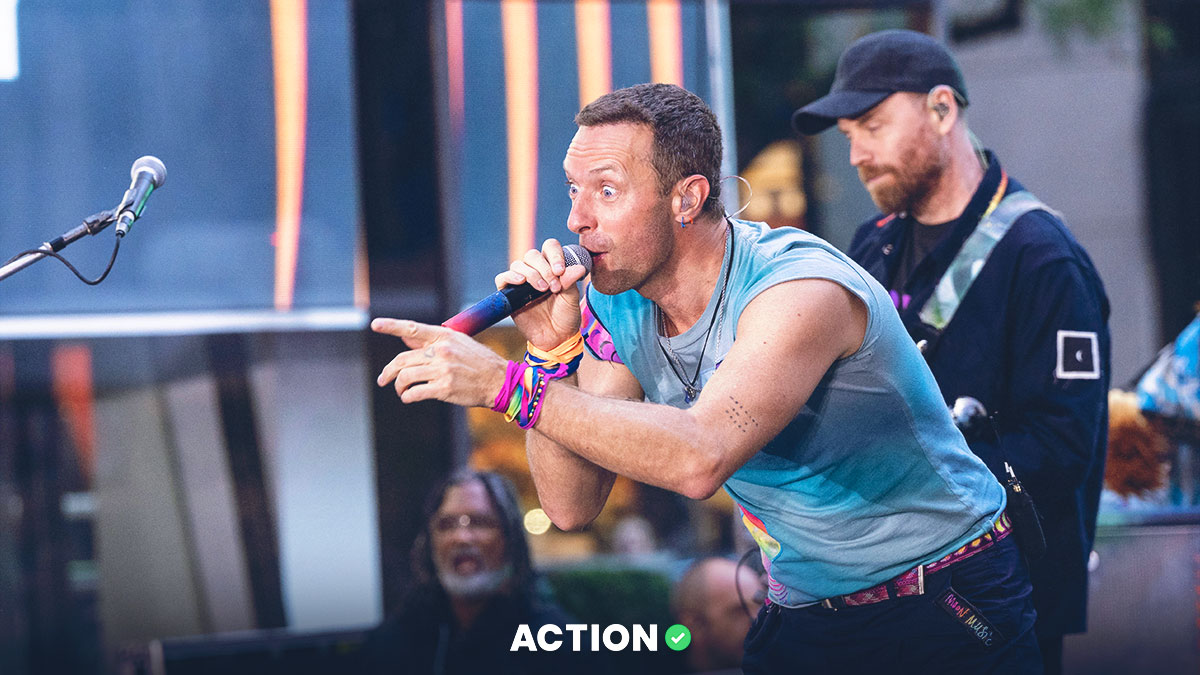2012: The Beginning
It’s April of 2012, and I’m starting my first attempt at sports analytics. Part of me wishes it was due to a divine vision where I had some magical inspiration on some algorithm no one had ever tried, since it makes for a better origin story, but nope — it was the boring, polar opposite: reading a white paper about ranking college basketball teams and trying to implement it.
On the surface, even I don’t understand why I think this is a worthwhile idea. My day job involves crawling through boiler rooms doing energy efficiency savings calculations, so I have neither the background nor a practical application or payoff for doing any of this. I’ve never touched sports data in my life. I haven’t coded anything since college. And I really want to start all of this from scratch because I want to win my office pool?
But, on the other hand, I also know that I wouldn’t be trying this analytics thing if I weren’t naturally drawn to a lot of what it might have to offer. I’ve always been fascinated by being able to compete against people with your mind, and if there’s a way to make money off that, even better. Needless to say, that itch wasn’t getting scratched enough doing energy savings calculations on installing new lighting systems, so I felt like I had to look outside of my day job.
For a while, I thought poker might be that avenue. I put in decent volume and studied it for a while, found out I was above average but not good (and certainly not great), and when Black Friday happened a year prior, I called it quits. So when I read about an algorithm that these Georgia Tech professors were using to rank teams and predict games, something curious in me clicked — the idea that if you could see something that no one else could see because you knew what to do with data and information, you should be able to do something with that.
Sports betting was a pretty natural avenue. In retrospect, if I had known that it’s never that simple (more on that in a bit), I’m not sure I would have even tried. But, on the other hand, it was an excuse to get a little better at programming and try something new. So I read the paper, fired up a coding console for the first time in five years and got to work.
I tried. And failed. And made mistake after mistake getting anything worthwhile to come out of this stuff I was writing from scratch. But I kept at it — some weird obsessive motivation pushing me to see it through. And one day, I ran the code, and ended up staring at a ranked list of college basketball teams. It was the first time I turned pure data and information into something real, actionable, and insightful. It was like magic. I knew I had no idea where I would go with any of this, but I knew I wanted to keep going.
2013: My Tennis Phase
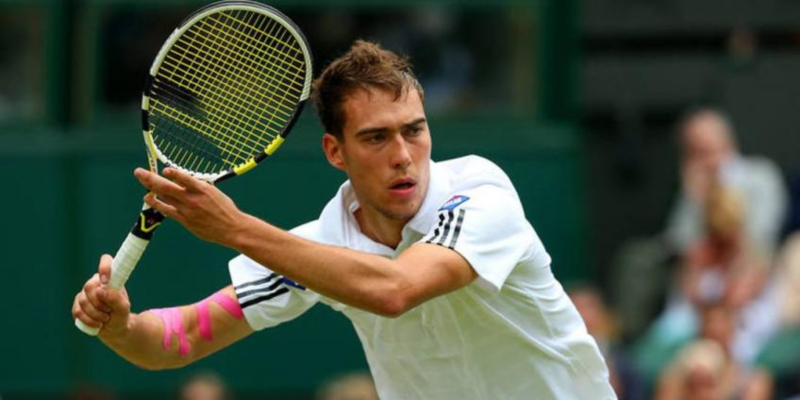
It’s July of 2013, and Jerzy Janowicz has just made the Wimbledon semifinals. On one hand, it’s one of the most compelling storylines of the tournament and makes for absolutely great viewing. On the other, it is an absolute disaster for me, because 10 days ago I gave this exactly a 0% chance of happening — the cardinal sin of any prediction. It remains the worst public prediction I have ever made.
If you had told me 18 months ago that I would be making tennis predictions as a side job, I would have laughed you out of the room. So how did I get here? Turns out that model I built was good at ranking and predicting other stuff, too.
I built models for every sport I could get data on. Football, basketball, hockey — I was hooked. So when I did tennis on a whim, I was really intrigued by how hard a problem it was: varying level of data at different tours, accounting for different surfaces, how rankings should change within a single tournament.
I was convinced I was doing something no one else was, most of all the betting markets. I ended up pitching the model to a college football analytics writer I knew and respected who also wrote about tennis every once in a while, and I was able to carve out a little writing corner for myself in the sports analytics world — a pretty crowded space at that point.
And so the humbling began. Turns out building a model and feeling like you’re doing smart stuff isn’t enough by itself, because reality always has a way of punching you in the mouth. Even when you do due diligence to see if your model can beat the opening line, getting opening lines isn’t as easy as it seems on paper, especially in a European-heavy market such as tennis, where openers come out at 3 a.m. and change within the first 15 seconds of getting posted.
And even when you do find spots to bet? Just because your model is different from the market price, it doesn’t mean the market is wrong — in fact, it more than likely means your model is wrong and you missed something. This is the cold-hearted feedback that sports betting provides that I have been grateful for: losing money makes you care about wondering what you’re missing at every waking moment, and you’re never truly satisfied that you’ve done enough. (Having a public proclamation that something has a 0% chance of happening, and watching it happen, will have that effect, too.)
So I didn’t end up with a magical money-printing formula, but I did have a little name for myself and some new skills in a completely different area. I wasn’t sure exactly how that would pay off, but I had a feeling it would somehow.
2016: Keep Hacking Away
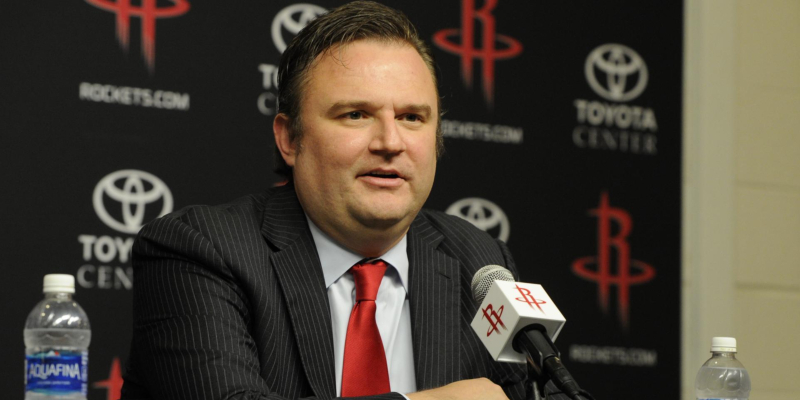
It’s March of 2016, and I am getting a trophy from Daryl Morey for winning the Hackathon at the Sloan Sports Analytics Conference.
Again.
The first time I won was a culmination of a lot coming together at once. By then, I had parlayed my experience in sports analytics into a full-time job doing data science, a complete break from my old career path. On top of that, I felt a real and tangible edge from the route I took to get there in my new day job. (I even wrote a little bit about it back then.)
Lots of people like to throw out technical jargon when they talk about how great their models are, but when you cut your teeth on sports betting, you already know that it doesn’t matter how smart you sound; the only thing that matters is how your models perform in the wild. And when you realize that every application of a predictive model is the same thing as a bet, the real-world performance of your models and analytics becomes a lot better.
So when I asked my company to send me to Sloan to help it get into the sports space, it was a no-brainer. And when I applied to compete in the first Hackathon, using the writing and research I had done as my portfolio, it was a no-brainer. And when the data set turned out to be NFL football play-by-play data that I had done similar analysis for on the college front, I was locked and loaded to churn out a data visualization and analysis that ended up winning best in the field.
The timing could not have been any better. The rise of daily fantasy sports at the same time opened up a whole new avenue to apply the sports analytics skills I had been developing. There were opportunities for every sport, but I settled on golf for my main focus, since it had the least amount of publicly available analytics and fit my old tennis ranking model perfectly.
After toiling and perfecting it in quiet, I saw that this new company, FantasyLabs, had just raised money from Mark Cuban and didn’t have anything golf-related yet, so I thought I would pitch them with my newly acquired Sloan award as a credential. We agreed it would be a great mutual fit, so I started developing their golf product as an aside from my new day job.
>> Sign up for The Action Network's daily newsletter to get the smartest conversation delivered into your inbox each morning.
Working with FantasyLabs put me in collaboration with some of the smartest sports-betting minds I had ever met to that point. They’re the rare breed that understands not only where models fall short, but how to utilize that information and make informed data-driven and subjective decisions about how and where to put your money down when making money off sports betting.
By the time the next Sloan conference rolled around and I was ready to defend my title, I had a whole new group of people off whom I could bounce ideas. And when I won the title again, this time on a data set and subject area I had no prior experience in with new techniques and visualizations I had picked up with my new job, it was that much more validating. The payoffs for this weird hobby I had picked up four years ago were finally starting to materialize.
2018: The Present at The Action Network
It’s May of 2018, and the Supreme Court has just legalized gambling. I had a feeling this day might be coming, which is why when FantasyLabs got merged into The Action Network a couple months earlier, I decided to quit my job to work at the new company full-time. (Like I said, everything’s a bet.)
Legalized sports betting is going to take on so many forms we can only guess at now: incorporated into broadcasts, creating new ways to put money down on games, becoming more of a social activity. And for each iteration we get, there’s going to be a place for the latest and greatest in sports analytics to help all of us navigate all of this a little better.
One thing we’re all excited about at The Action Network that we’re rolling out this week is letting you know the odds of your bets winning as the games unfold, so you can make better decisions about how to bet elsewhere in those games as well as others. We have a lot more plans for how to turbocharge everyone’s betting experience, because as the last six years have shown me, this stuff has very real upside to even the non-sports stuff in your life.
I’m going to continue crunching numbers in the background and figuring out all sorts of ways to work the sports analytics knowledge I’ve honed into everything we do. (Well, mostly in the background: go listen to our golf podcast if you want to hear me get made fun of every week.) I’m super excited to bring everything I’ve done to the table here at The Action Network.


